ㅡ
The girl who went to draw water in the Stone Age where is she now?
ㅡ
“About 22,800 years ago, there lived a girl in the Stone Age. She took an empty bucket and went out to draw water, but for some reason, she has not arrived home to this day.”

What is this really about? In 2016, UNICEF released a report stating that the total amount of time women and girls around the world spend each day fetching water amounts to 200 million hours per year. Converting this long time into days, it is 8.3 million days, or more than 22,800 years in years.
Sanjay Wijesekera, UNICEF's global head of water, sanitation and hygiene, illustrated this horrific reality, saying, “It would be as if a woman started with her empty bucket in the Stone Age and didn’t arrive home with water until 2016.”
Fetching water is not only time consuming, it is also hazardous. According to the World Health Organization (WHO), 8 out of 10 women and girls in Bangladesh are exposed to sexual assault and harassment while going out to get water.
What if girls and women could have spent that huge amount of time receiving education instead of laboring to draw water? Perhaps the sexist infringements taking place around the world would have been reduced significantly.
ㅡ
Why American Women Screamed Bread and Roses 100 Years Ago
ㅡ
About 110 years ago, 20,000 angry female textile workers gathered in New York's Lutkers Square. They marched to demand the right to live and the right to vote.
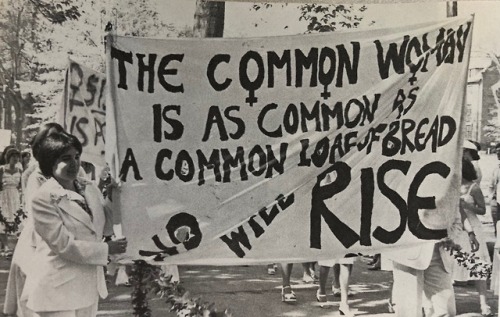
Source: Mount Holyoke Archives and
Special Collections (https://mhc-asc.tumblr.com/post/173999534645/at-the-conclusion-of-the-mtholyoke-laurel-parade)
It was March 8, 1908, and these American ladies rose to commemorate women who died in a fire after working 12 to 18 hours a day in a wretched clothing factory without electricity.
The women demanded safe working conditions, equal wages to men, humane working hours, freedom to establish unions, the right to vote, and held a large scale protest. They held large-scale demonstrations chanting, “Give us bread (adequate wages to survive on) and roses (suffrage to vote in elections)!”
Since then, "Bread and Roses" has become the symbol of Women's Day, and in the U.S.A. the following year, March 8 was declared 'National Women's Day' to commemorate this protest, and following this 'International Women's Day' has been established around the world.
In 1975,the United Nations designated 1975 as International Women's Year, and in 1977, March 8 was officially celebrated as International Women's Day. Since then, March 8 has become an important anniversary that has spread as a movement calling for the abolition of gender discrimination and the improvement of the status of women around the world.
ㅡ
Here we are in the 21st century:
What is the reality of women around the world?
ㅡ
Some 45 years have passed since the establishment of International Women's Day. What can we say is the reality for women around the world today in 2021?
The dictionary definition of gender inequality is “a phenomenon in which differences occur in the status, authority, and prestige occupied by men and women in a society.” When people are treated unfairly just because they are male or female, it can be said that “gender inequality” has occurred.
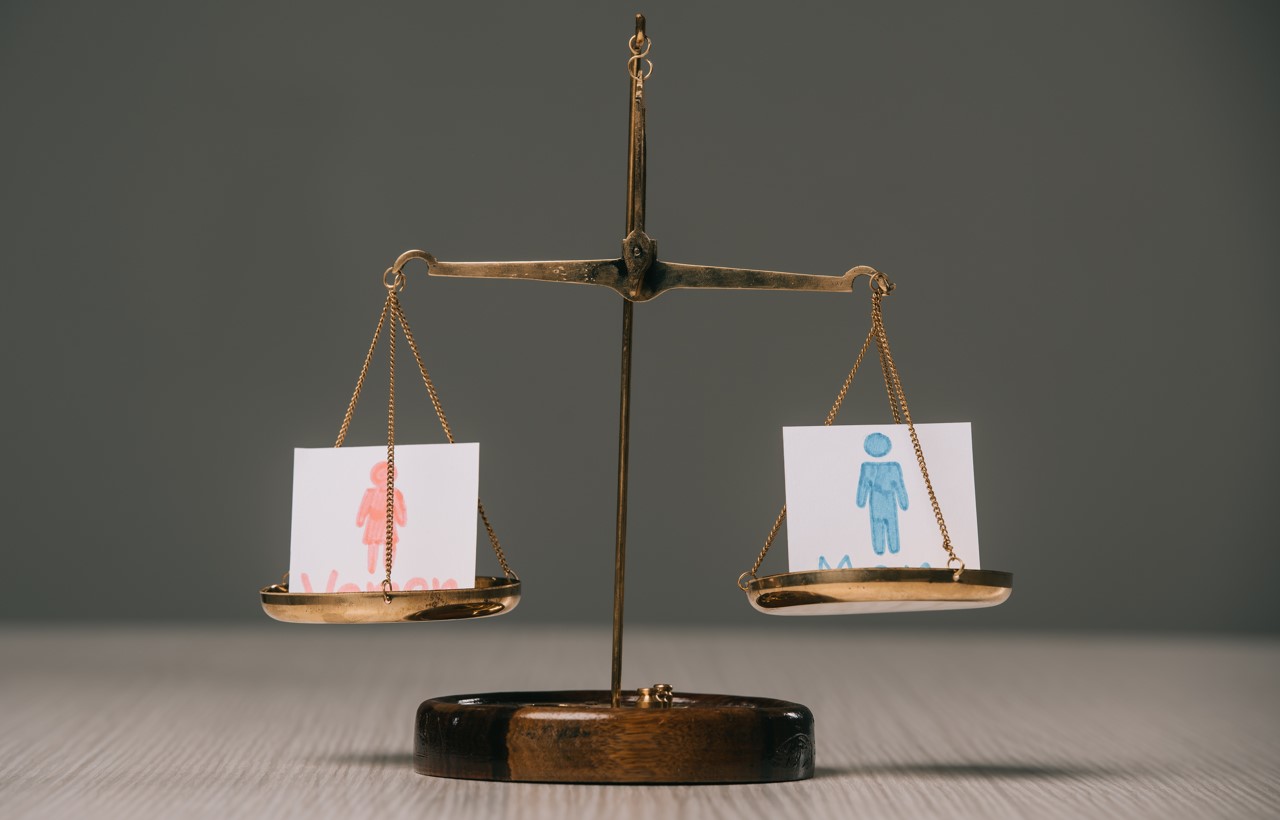
In general, when we talk about “gender inequality,” we are referring to discrimination against women. Statistically, many of the world's women are less privileged than men and deprived of opportunities to defend themselves from poverty and fear.
In 2010 the United Nations Development Program (UNDP) created the Gender Inequality Index (GII) to assess levels of gender inequality in nations around the world.
Since then, the United Nations Development Program has released the Gender Inequality Index, indicating the level of gender inequality in each nation based on a range between 0 and 1, with 0 being 0% inequality; 1 being 100% inequality.
● Reproductive Health
① Maternal
mortality per 100,000 children
② Population
born per 1,000 adolescents female
● Women's Rights
③ Ratio of
female parliamentarians
④ Proportion
of female population with secondary or higher education among the population
aged 25 and over
● Labor Participation
⑤ Women's
economic participation rate
Even in the 21st century, the reality of gender discrimination women face in underdeveloped countries is dire. According to the 2020 Gender Inequality Index of 189 countries, Yemen (0.795) was the most gender unequal country in the world followed by Pacific Papua New Guinea (0.725) and Sub-Saharan African nations such as Chad (0.710), Central African Republic (0.680) and Mali (0.671).
Sub-Saharan African countries have very high maternal mortality and high adolescent fertility rates owing to poor medical infrastructure. Also, because it is difficult for girls to receive proper education, it is difficult for them to participate in economic activities, and entering the political world is a long story.
On the other hand, the country with the lowest gender inequality in the world was Switzerland (0.025 points). In other words, in terms of gender equality, Switzerland is the most egalitarian country in the world, followed by Denmark (2nd place, 0.038 points), Sweden (3rd place, 0.039 points), the Netherlands and Belgium (tied 4th place, 0.043 points) in that order. In general, the Nordic countries measure up as countries with good gender equality.
Because Nordic countries have sophisticated medical infrastructure, maternal mortality and adolescent fertility rates are low, and because both men and women can receive high-quality educational services, women actively participate in economic activities and enter politics.
ㅡ
Women and girls suffer
horrendous abuse and tragedy
even at this very moment;, sans-serif;">
ㅡ
While progress has been made over many years on gender equality and women's rights, women and girls around the world still face horrific discrimination and violence.
Horrible Child Abuse, Female Genital Mutilation (FGM)
Female Genital Mutilation (FGM) is a procedure in which part or all of a woman's genitals are cut with a sharp tool, performed at the stage of coming-of-age ceremony. Because the procedure is very unhygienic and dangerous, in the short term, a woman is exposed to the risk of death, bacterial infection, and sexually transmitted diseases due to excessive bleeding, and in the long term, she may experience irregular menstruation, infertility, hormonal abnormalities, uterine bleeding, and psychological trauma.
Up to 200 million women and girls in 30 countries have experienced FGM, many of whom suffer from sequelae (aftereffects) and complications. This amounts to 5% of the global female population. Although progress has been made in the past 10 years, such as a 30% decrease in FGM, FGM is still being practiced in about 30 countries, mainly in Africa.
Lack of legal protection against violence
In 49 countries, there are no legal mechanisms to protect women from violence. More than one billion women worldwide are without legal protection against physical and sexual violence in the home.
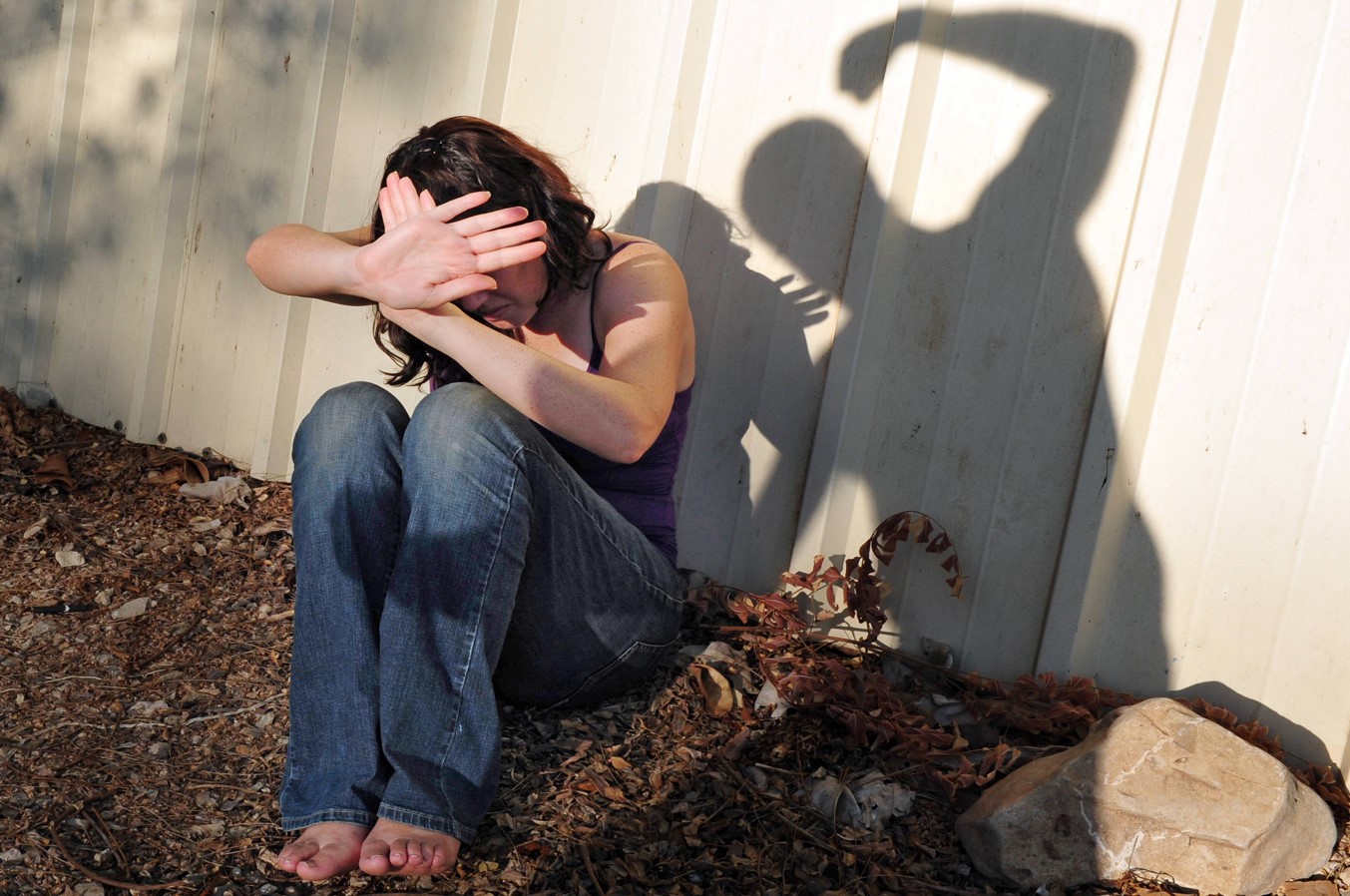
A study by the United Nations concluded that physical and sexual violence against women is often perpetrated by familiar people in familiar places and that therefore “the most dangerous place for women is their home.”
Inequality of Educational Opportunity
Women spend on average three times more time than men doing unpaid work (childcare and family support, cooking, cleaning, etc.). The more time a person spends doing unpaid work, the less likely that person is to get an education.
One in four young women aged 15 to 24 have not graduated from primary school, and nearly two-thirds of illiterate adults worldwide are women. A lack of education limits women's access to knowledge and information and robs them of opportunities to work in the future.
Half the world is women but only
one-fourth of parliamentarians are women
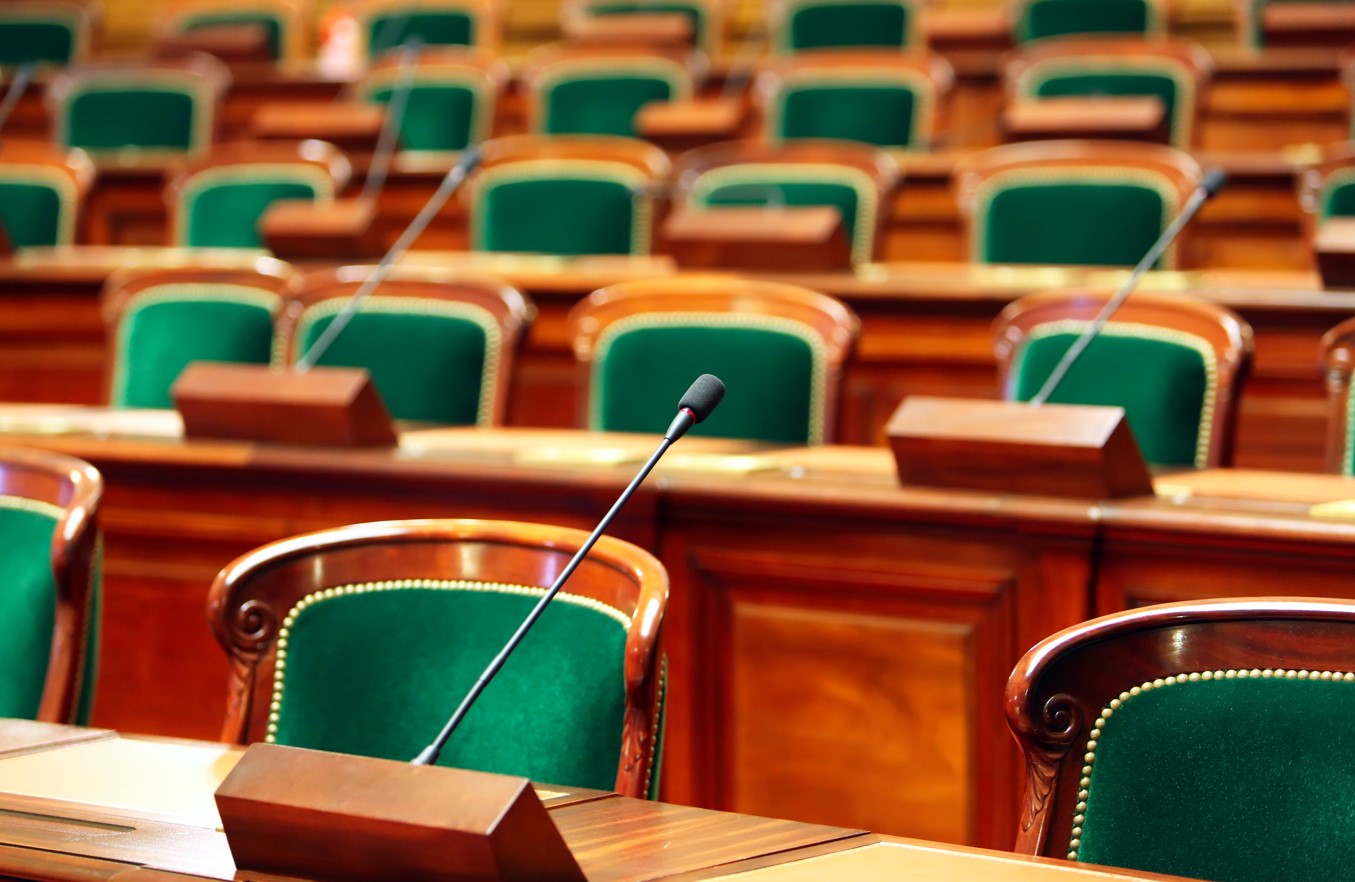
Although women make up half of the world's population, they represent only 24.3% of seats in parliaments around the world.
The percentage of women in parliament is an indicator of women's political participation in each country. The low ratio means that there is a high possibility that issues that are activated mainly by female politicians, such as parental leave, pensions, laws related to gender equality, and violence based on gender, are being neglected.
As such, gender inequality is not only occurring in a specific country but is a global phenomenon. What is the international community doing to address gender inequality?
ㅡ
Gender Equality!
A fundamental right and
a prerequisite for a sustainable world
ㅡ
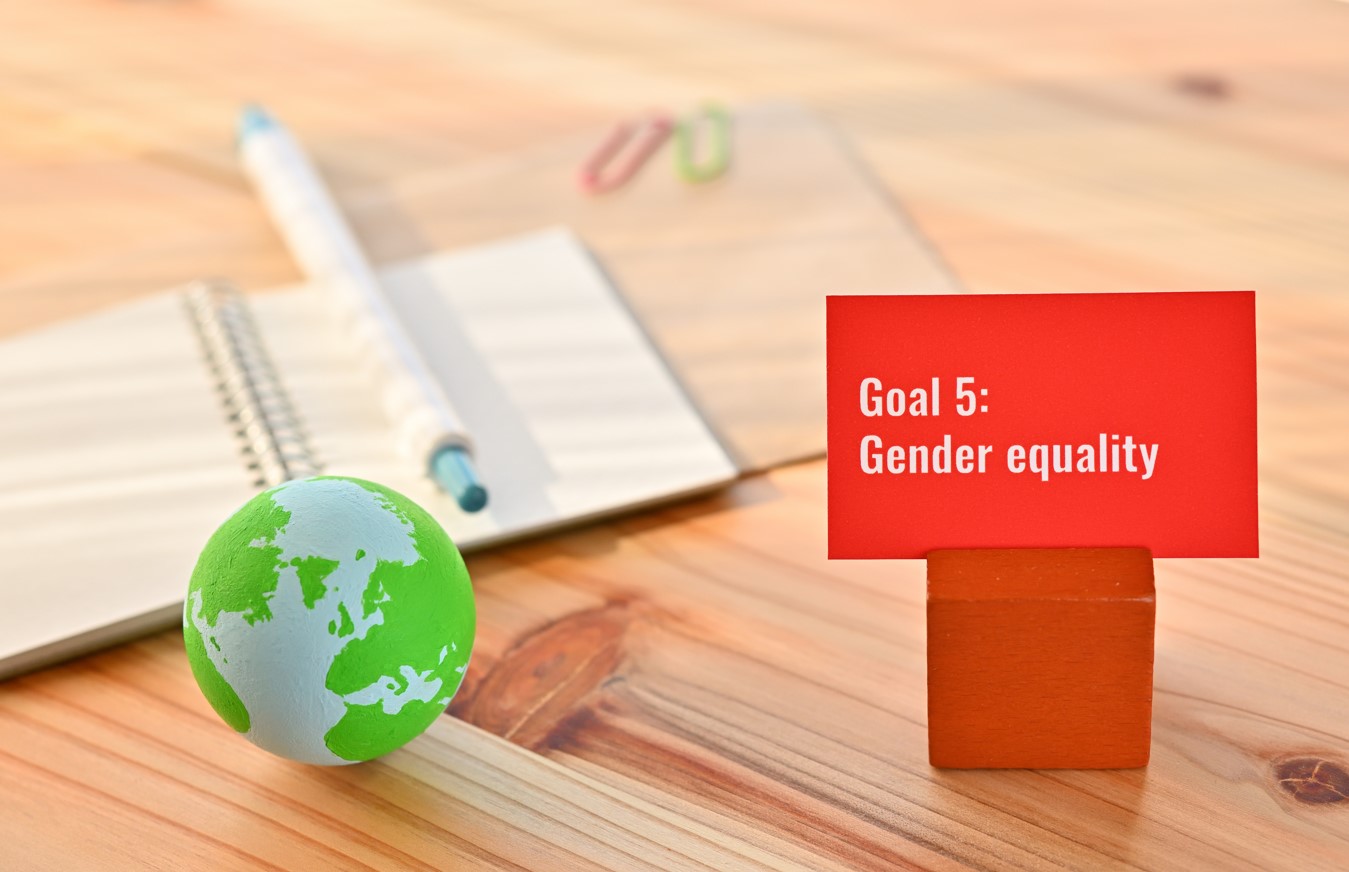
The fifth goal of the UN's Sustainable Development Goals (SDGs) is to achieve gender equality and to promote the empowerment of all women and girls. Gender equality is not only a fundamental human right, but an essential foundation for a sustainable world that seeks peace and prosperity.
Shall we take a look at the detailed goals of SDGs No. 5? The six sub-goals are the key challenges for achieving a gender-equal world.
SDG5.1 End all forms of discrimination against women and girls everywhere
SDG5.2 End all violence against women and girls, including trafficking and sexual exploitation
SDG5.3 End all harmful practices, such as forced child marriage and female genital mutilation
SDG5.4 Public service, infrastructure, social security policies, and promotion of gender equality in the family, so that all people recognize and value unpaid care and housework
SDG5.5 Ensuring the full participation of women and equal opportunities for leadership in the political, economic, and public sphere
SDG5.6 Ensure universal access to sexual and reproductive healthcare and rights
As suggested in the detailed goals, if social changes are made in the direction of providing women and girls with education, healthcare, and decent jobs, and increasing women's participation in political and economic decision-making, the human rights of women around the world will be improved. Of course, we will be able to take a step towards a more peaceful and prosperous world.
ㅡ
Together for
gender equality!
ㅡ
Various efforts are being made for gender equality all
over the world.
‘EachForEqual’ Campaign
‘#EachforEqual’ is a campaign launched by the United Nations to celebrate International Women’s Day on March 8, 2020. It is meant to challenge gender stereotypes, fight prejudice, broaden awareness, and work to improve the situation in our respective places.
Introduce how you can break gender stereotypes and raise your voice for the spread of gender equality on social media, and share it with the hashtag '#EachforEqual'.
![shutterstock_1646897983 [Converted].jpg](/data/plupload/o_1fo1slbjk1q013nu1tk81l1mui6a.jpg)
‘Stand For Her Land’ Campaign
Did you know that women in the world own only 13% of all agricultural land? This campaign was launched in 2019 to ensure women's rights to land and property.
It emphasizes that securing land ownership and property rights is of the utmost importance in order for women to smoothly participate in farming and other agricultural activities and insists on guaranteeing women's property rights through the reform of laws and systems.
ㅡ
Gender gap is widening
during COVID pandemic
“Those industries mainly hit by the lockdown are women’s workplaces.
As a result, the unemployment rate for women is much higher than for men.”
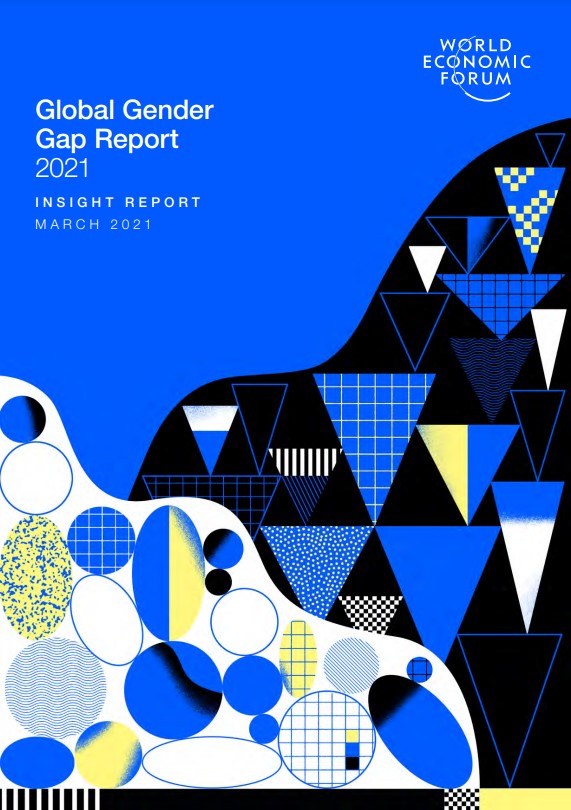
World Economic Forum 2021 Global Gender Gap Report
Check out the gender gap around the world!
https://www.weforum.org/reports/global-gender-gap-report-2021
Despite various efforts and progress toward a gender-equal world, there still seems to be a long way to go. It is said that overcoming the gender gap has been delayed by 36 years due to the COVID-19 pandemic. This is the conclusion of the 'Global Gender Gap Report 2021', which was released in March by the World Economic Forum (WEF) in 156 countries around the world, including the current state of gender gap in politics, economy, education, and health.
Before Corona, it was expected that it would take 99.5 years for gender equality to be achieved, but now it has increased to 135.6 years. The rapid increase in the number of years it will take to overcome the gender gap is due to the large gender gap in the ‘economic field.’ The report predicts that the economic gender gap will take another 268 years to close.
In addition, during lockdown, many women were confined in their homes or communities and suffered physical and sexual violence. In sub-Saharan Africa and the Middle East, the number of girls undergoing FGM has increased compared to pre-epidemic levels.
Looking at the gender gap ranking by country in 2021,the countries with the highest Gender Gap Index (GGI) were Iceland (0.892), Finland (0.861), Norway (0.849), New Zealand (0.840), and Sweden (0.823). The nations with the lowest were Syria (0.568), Pakistan (0.556), Iraq (0.535), Yemen (0.492) and Afghanistan (0.444).
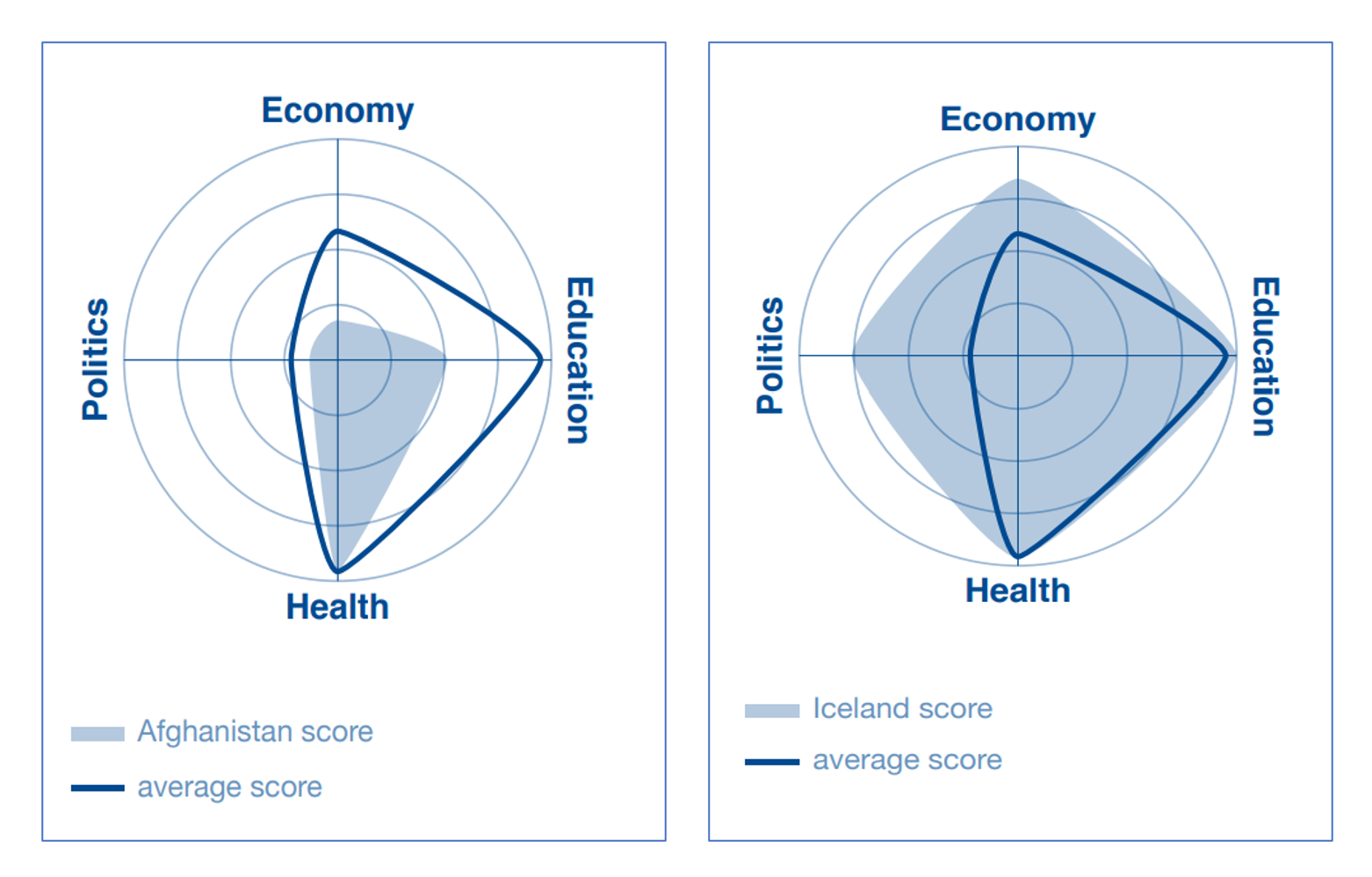
The graph on the left is the Gender Gap Index (GGI) of Afghanistan, which ranked the lowest. It scored below the global average in all categories, with economic participation and opportunity 0.180, educational attainment 0.514, health and survival 0.952, and political empowerment 0.132.
The graph on the right is the Gender Gap Index (GGI) for Iceland, which ranked No. 1. They scored 0.846 for economic participation and opportunity, 0.999 for educational attainment, 0.964 for health and survival, and 0.760 for political empowerment.
We should note the disastrous results of the lower ranking countries, as well as the fact that none of the upper ranking nations reached or surpassed a score of 1. After all, even 20 years after entering the 21st century, it shows that there is still a long way to go in order to create a gender-equal world.
ㅡ
Let's create a world
where girls get books
instead of buckets!
ㅡ
We are all mother's sons and father's daughters. Just as we share unconditional love in the family regardless of gender, we can make a better world if we respect and embrace each other in society regardless of gender.
Gender equality means equal opportunities and participation are guaranteed for both men and women as members of society. Eliminating discrimination against women in society and providing them with opportunities and rights has a positive impact on the health and productivity of families, communities, nations, and the global village as a whole.
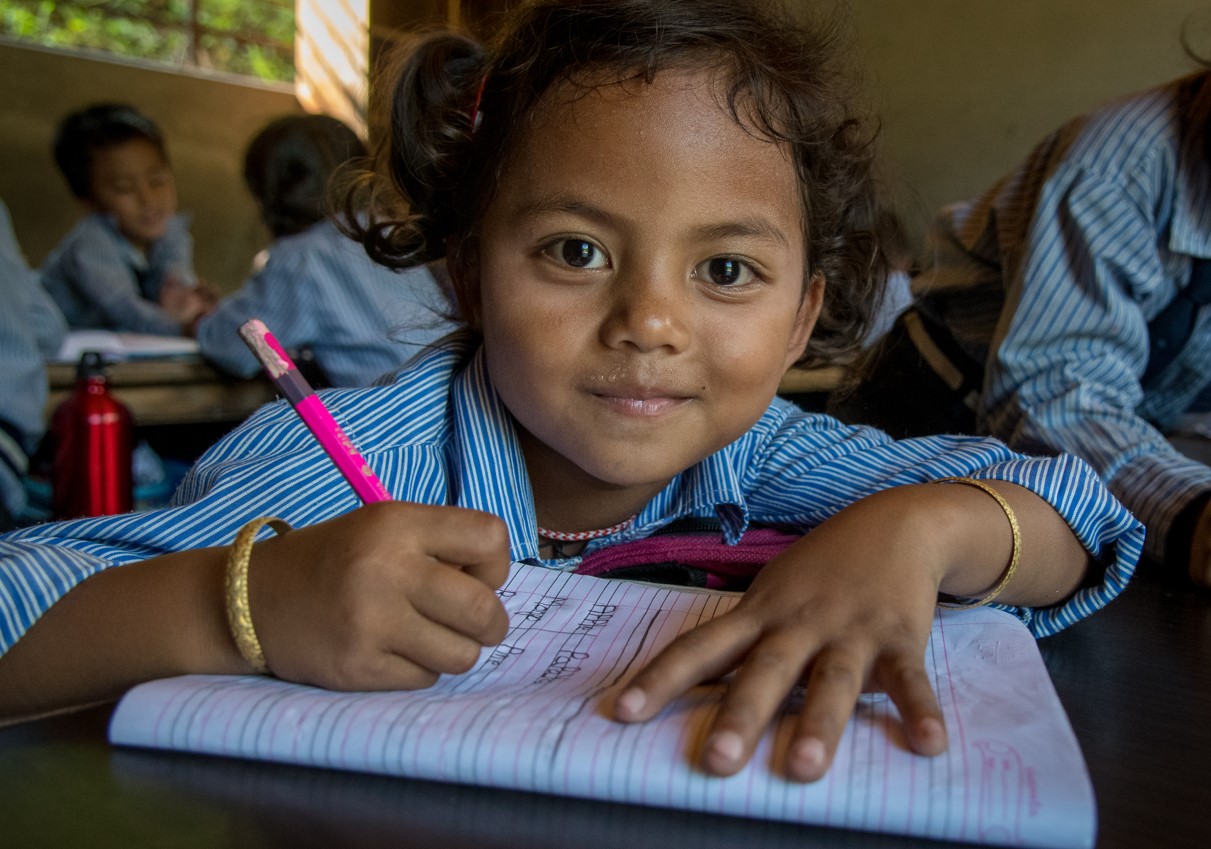
Here is the girl who left home with a bucket during the Stone Age now. Let's all unite and work together to bring knowledge to school instead of the dusty trail, books instead of heavy buckets, and knowledge along with clean water!
Written by Sharon Choi
Director of Planning
Sunhak Peace Prize Secretariat

